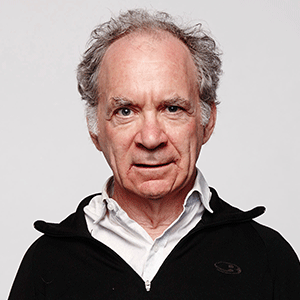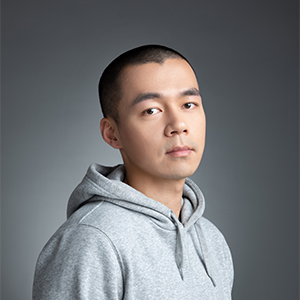-
 Henk Haaima
Mirabeau, Cognizant
Creative Director
Henk Haaima
Mirabeau, Cognizant
Creative Director
Henk Haaima is Creative Director at Mirabeau, Digital Designer and Artist. Publisher of the Dynamic Design Magazine in which our biased approach to UX and UI is being questioned. In his work he focuses primarily on designing unified design languages and brand identities from a human-centric perspective for brands around the globe.
Global design systems: establish a dynamic design system in a cross-cultural context
Global brands need to be consistent (one global brand experience) and need to reflect local needs and wishes in order to be relevant and personal. In this workshop the cultural dimension theory of psychologist Hofstede is introduced to understand cultural differences. Style elements such as icons, composition, colours and imagery can have different meanings in different cultures. Moreover, the concept of taste can vary per culture. What are the differences between cultures and how can we incorporate the culture of the user in UX/UI design? Step by step participants learn how to extend a design system into a dynamic and cross-cultural design system.
Structure and Agenda
- Theory: Summary of unified design systems and explain the paradox of having a global consistent brand versus the need to differentiate communications with your customer on a local level.
- Theory: Introduction of the cultural dimensions theory of psychologist Hofstede
- Assignment: Case study and handbook (how to create a flexible design system that is able to adapt to cultural differences while maintaining the global brand step by step)
- Step 1: Brainstorm. Discuss the six cultural dimensions of the Hofstede model and define the influence of culture on style elements such as typography, composition, colours and imagery.
- Step 2: Concept. Select one of six cultural dimensions of the Hofstede model and apply this on two different cultures.
- Step 3: Design. Create sketches of one touch point (for instance a home page) for two different cultures.
- Theory: The future of cross-cultural design
- Summary and wrap-up
1、Theory: Summary of unified design systems
2、Theory: Introduction of the cultural dimensions theory of psychologist Hofstede
3、Assignment: Case study
4、Theory: The future of cross-cultural design
5、Summary and wrap-up
1、UX designers
2、UI designers
3、Graphic designers
4、Design leads and art directors
5、UX managers and product owners
6、Human scientists
1、Learn how to reflect the local culture in UX/UI while maintaining one consistent global brand experience
2、Understanding the differences between cultures by using the Hofstede cultural dimensions model
3、Learn how to translate cultural differences in style elements such as colour, typography, imagery, composition and iconography
















